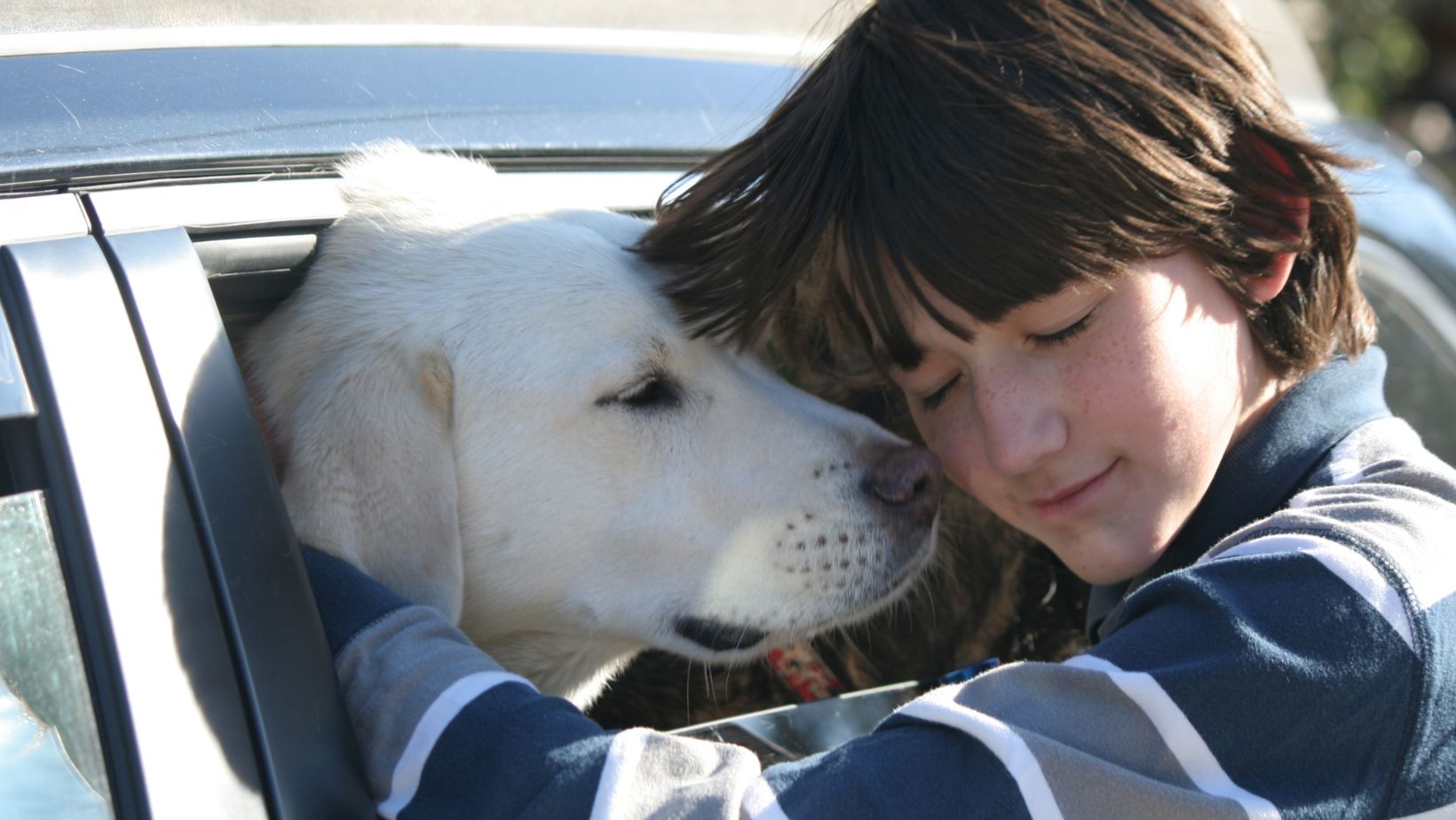How to Get Your Dog to Stop Play Biting
Labradors are known for their playful and energetic nature, but sometimes their rough play can become a problem. If your Labrador has a tendency to bite, it’s important to address this behaviour early on to prevent any potential issues down the line. In this article, I’ll provide you with effective strategies on how to get your dog to stop biting and ensure a safe and enjoyable playtime experience for both you and your furry friend.
Play biting is a common behaviour in puppies, as it is their way of exploring the world around them. However, when left unaddressed, it can quickly escalate into more aggressive forms of biting. One key aspect of preventing play biting is setting clear boundaries from the start. Establishing rules such as “no teeth on skin” will help your Labrador understand what is acceptable during playtime.
Consistency is crucial when training your Labrador to stop play biting. Whenever they engage in rough or nippy behaviour, immediately redirect their attention to an appropriate chew toy or interactive game. By consistently reinforcing positive behaviours and discouraging unwanted ones, you’ll teach your dog that gentle playing is encouraged while rough biting is not tolerated.
Additionally, providing mental stimulation through obedience training and interactive toys can help alleviate excessive energy that often leads to rough play. Regular exercise sessions tailored to meet your Labrador’s needs will also contribute to a calmer and more well-behaved pet overall.
Remember, it takes time and patience to modify any behavioural issue in dogs. With consistent training techniques and proper guidance, you can effectively curb your Labrador’s rough play habits and create a harmonious bond based on mutual respect and understanding.
Why Labrador Rough Play can be a Problem
Labrador rough play can become a problem if not properly managed. While it may seem harmless at first, allowing your dog to engage in excessive rough play can lead to potential issues down the line. One important aspect of addressing this problem is setting clear boundaries from the beginning.
Dogs, including Labradors, thrive on structure and routine. They need to understand what behaviours are acceptable and what crosses the line. By establishing rules around playtime early on, you can help teach your Labrador appropriate behavior when engaging in play.
Here are some key reasons why setting boundaries is crucial:
- Safety: Uncontrolled rough play increases the risk of accidents or injuries for both humans and dogs involved. Biting too hard or playing too aggressively can result in scratches, bruises, or even bites.
- Socialisation: Dogs that engage in rough play without limits may struggle with proper socialisation skills. They might have difficulty interacting calmly with other dogs or people, leading to tense situations or conflicts.
- Consistency: Consistency is key when it comes to training any dog behaviour, including play manners. By consistently enforcing boundaries during playtime, you establish clear expectations and reinforce desired behaviour over time.
Recognizing the Signs of Aggressive Play
It’s important for Labrador owners to differentiate between playful behaviour and aggressive play during interactions with their dogs. While roughhousing is natural for many breeds, it’s essential to recognize signs that indicate when things might be crossing into aggressive territory:
- Growling or snarling: Excessive growling accompanied by bared teeth could signal aggression rather than playful banter.
- Prolonged intense eye contact: Intense staring without breaks during play could be a sign of dominance-based aggression.
- Stiff body language: A stiff posture with raised hackles, rigid tail, or tightly closed mouth may indicate that the play has become too intense and potentially aggressive.
By understanding these signs, you can intervene appropriately and redirect the play into more suitable activities.
Redirecting Rough Play into Calmer Activities
Once you’ve established boundaries and are aware of the signs of aggressive play, it’s time to redirect your Labrador’s rough play energy into calmer activities. Here are a few strategies to help achieve this:
- Interactive toys: Provide your Labrador with interactive toys that engage their mind and body. Puzzle toys or treat-dispensing toys can keep them occupied while promoting mental stimulation.
- Training exercises: Incorporate regular training sessions into your daily routine. Teaching your dog new commands or tricks not only channels their energy but also strengthens the bond between you.
- Exercise outlets: Ensure your Labrador receives ample physical exercise through walks, runs, or playing fetch in an appropriate environment like a park or backyard.
Remember that consistency is key when redirecting rough play behaviours. Maintain patience, reinforce positive behaviour with rewards and praise, and gradually replace rough play habits with calmer alternatives.
Labrador rough play can be managed effectively by setting boundaries early on, recognizing signs of aggression versus playful behaviour, and redirecting excess energy towards constructive activities. By taking these steps as a responsible pet owner, you’ll ensure a safer and more enjoyable experience for both you and your furry friend.
